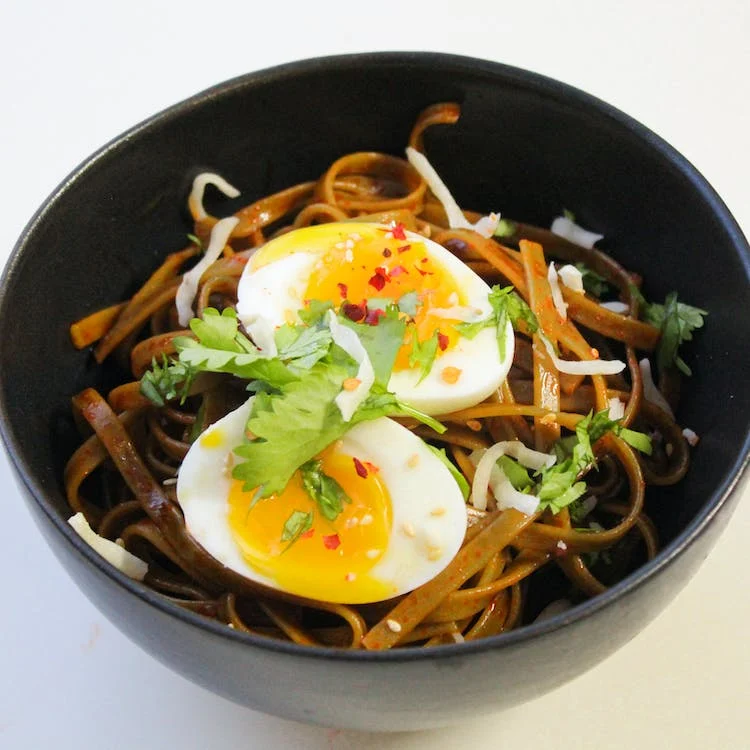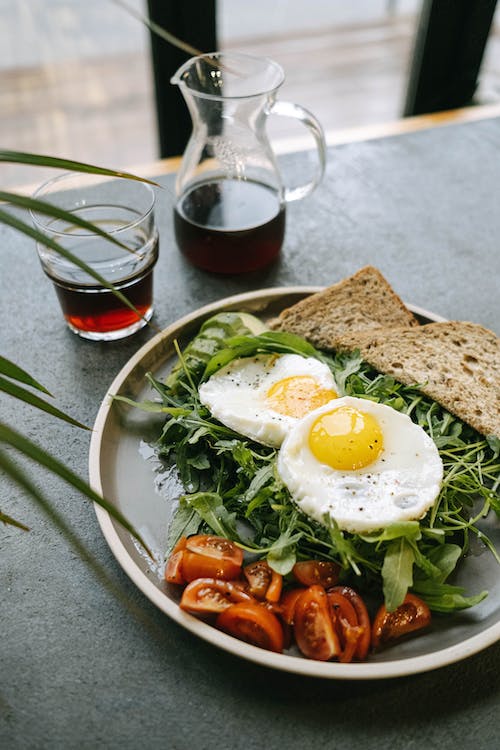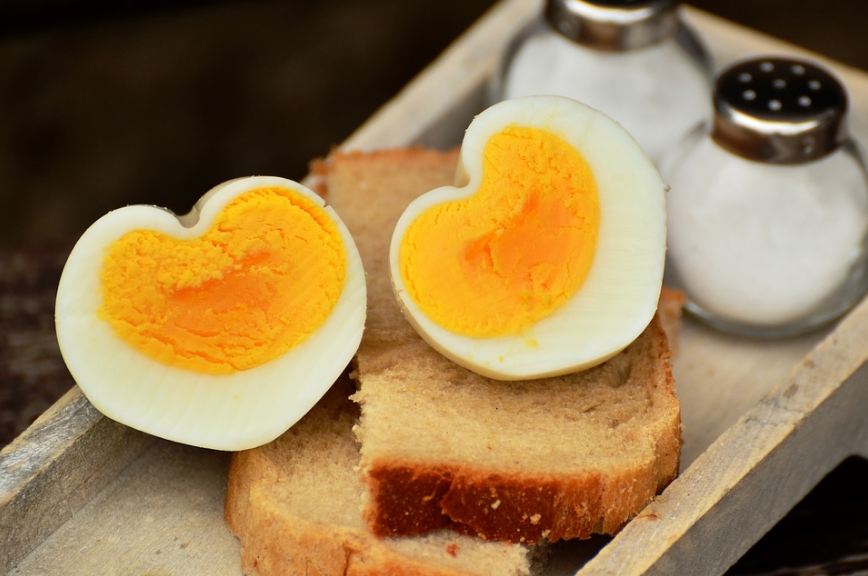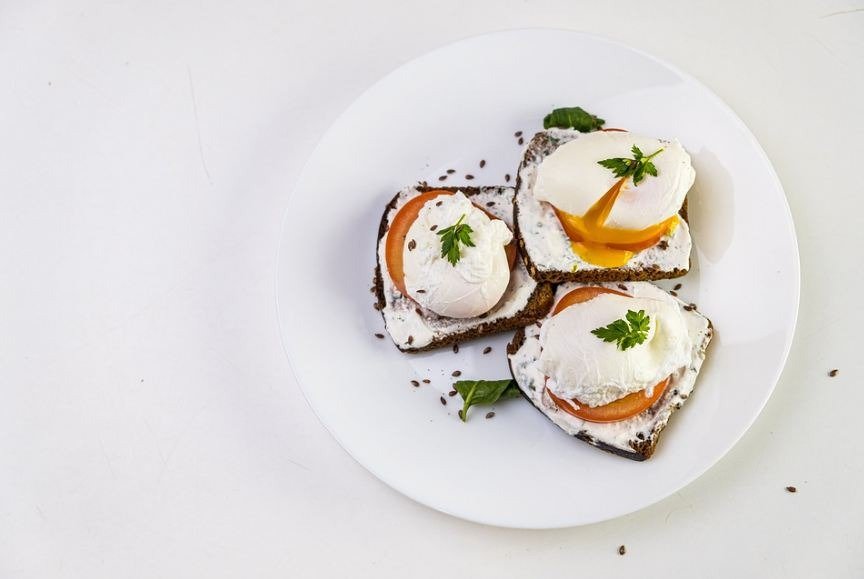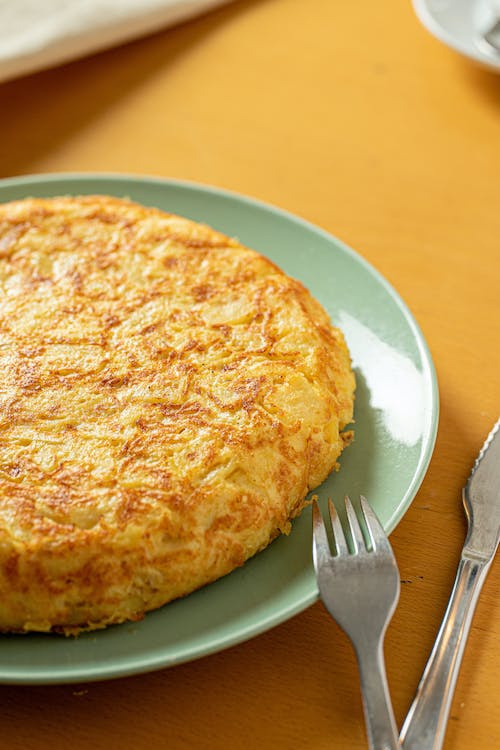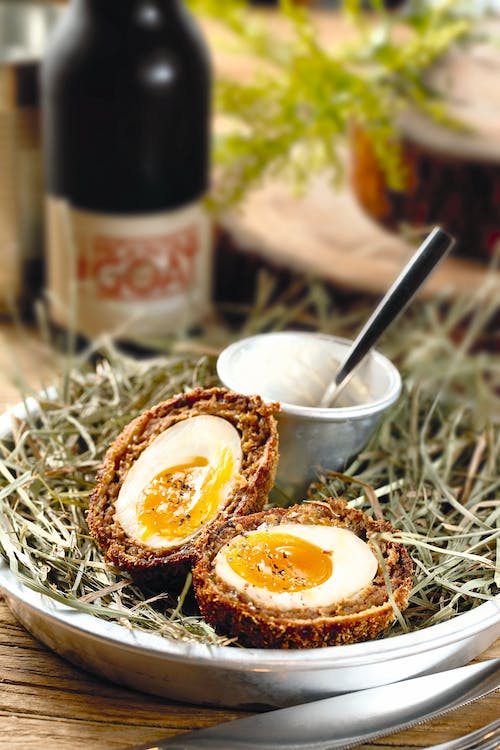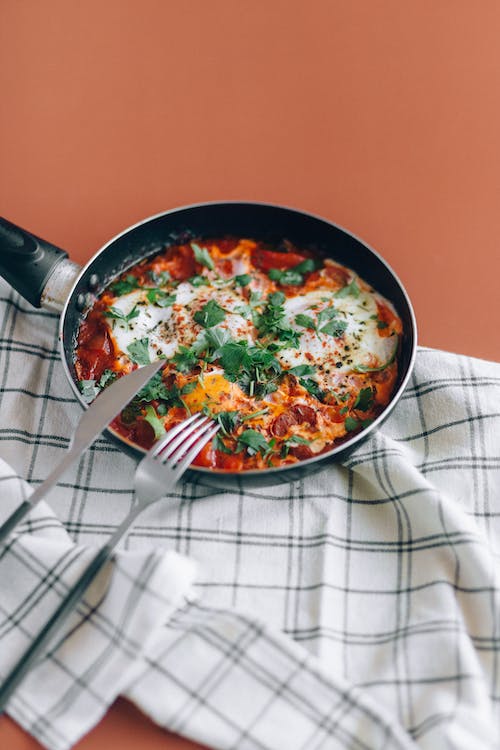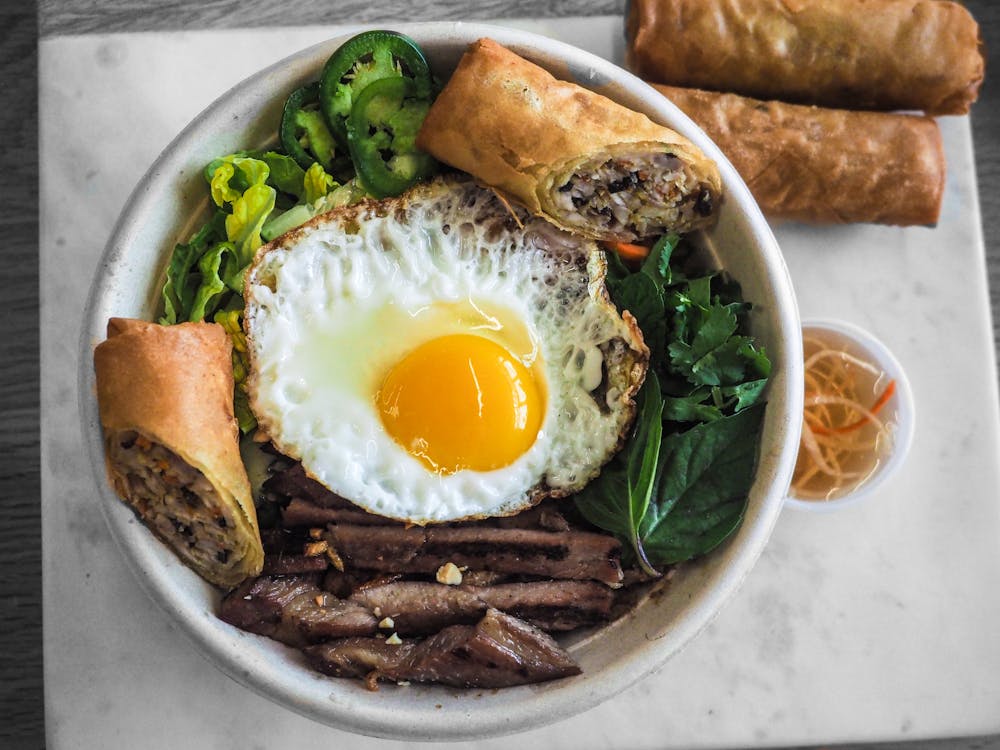Humankind has been consuming eggs since the dawn of humanity. The easy availability of eggs from different animals made it a hit food item. We can easily believe that humans had no issues with eating raw eggs even before the invention of fire. Eggs are a great protein source and are usually considered a healthy food. The most commonly consumed eggs come from chicken and ostrich.
Eggs have always been important in a man’s daily life. Some people even associate them with religion and support their consumption. Others see it as a filthy food that must be abstained. But it cannot be denied that billions of people still consume them daily.
Nutritional Value of an Egg
According to USDA, one large hard-boiled egg contains:
- 77.5 calories
- 5.3 grams of fat
- 186 milligrams of cholesterol
- 62 milligrams of sodium
- 63 milligrams of potassium
- 6.29 grams of protein
According to USDA, one large fried egg contains:
- 90.2 calories
- 6.83 grams of fat
- 184 milligrams of cholesterol
- 95.2 milligrams of sodium
- 69.9 milligrams of potassium
- 0.382 grams of carbohydrates
- 6.26 grams of protein
Different Ways To Consume Eggs & Are They Healthy?
It is said that the way you cook eggs reflects their nutritional value. You may be cooking your eggs for breakfast daily, thinking that it is healthily serving you, but are you sure about that? Let us look at the different way eggs can be made and how healthy they are:
1. Raw Eggs
Raw eggs eaten with a glass of milk are a very famous food among bodybuilders and athletes. It is also eaten raw in colder regions to enhance body heat. Raw eggs are packed with loads of nutrition which may be destroyed when cooked. The only thing to take care of about consuming raw eggs is the chance of catching salmonella, which may lead to food poisoning.
2. Fried Eggs
Arguably this is the most common form of cooked eggs. A sunny-side-up egg served with bread is a favorite among many people. Some people prefer runny yolks while others like a full-fried egg – either way, they are delicious. Fried eggs can be considered healthy depending on the amount and type of fat used to fry them. Too much-saturated oil is a big no. Consider frying eggs in vegetable oil.
Also, you may want to consider switching to a non-stick pan because it takes less oil and eggs fry evenly. The fewer fats are used, the healthier your egg meal will be.
3. Boiled Eggs
On average, an egg is boiled for six minutes. The longer you let it boil, the more firm the yolk will be. An egg with firm yolk is called a hard-boiled egg. Boiled eggs are perfect for people on a diet as they help in weight loss since they are very filling. They also have a lot of healthy nutrients like protein and choline. Boiled egg-whites are also known to reduce cholesterol levels.
4. Poached Eggs
This is somewhat a different way of cooking eggs, but it is quite common in the US. Eggs are cracked into a pot of not boiling but simmering water. They are allowed to cook for two to three minutes. As a result, a semi-cooked egg is made. This technique requires a fair amount of practice as the yolk should be intact when the eggs are cracked. Otherwise, it will mix with the water.
The most significant advantage of poached eggs is that no excess fat is required to cook them. No fat means a healthy meal for sure.
5. Omelet & Scrambled Eggs
Scrambled eggs are made with eggs beaten in a bowl and then poured into a pan. They are stirred so that eggs break into smaller pieces and get firm. Omelet is made in the same way, but they are not stirred to be scrambled. Also, you can add a variety of ingredients to an omelet, such as cheese and favorite veggies like chives and spinach.
Once again, fat can be a concern here. Using a small amount of oil for cooking can do wonders for your health. If you plan to add cheese and other fat-based ingredients, try to keep the quantity balanced to make it a healthy meal.
Healthy Egg Recipes
So you know the basics of cooking healthy eggs. Now you must be thinking about how eggs can be incorporated into meals for lunch and even diner. We present to you three very healthy, low-calorie recipes that are yummy on the palate and easy on the weight:
1. Egyptian Egg Salad
Ingredients
- 2 large eggs
- 2 lettuces
- 3 chopped garlic cloves
- 2 tomatoes
- 1 chopped red onion
- Dried chili flakes
- Lemon Juice (of 1 lemon)
- 400g of fava beans
- 1 tbsp. tahini
- 1 tbsp. rapeseed oil
- ½ tsp cumin seeds
Instructions
- Hard boil the eggs. Peel and cut them in halves.
- Mix lemon juice with water to make a dressing.
- Soften the onion in oil for about 5 minutes and add cumin and beans. Stir occasionally until the beans are tender. Add lemon juice and seasonings to your taste.
- Spoon the beans on the plate. Spread lettuce leaves and place eggs on them. Serve with tahini dressing.
2. Healthy Egg & Chips
Ingredients
- 4 large eggs
- 2 sliced shallots
- 2 tsp dried oregano
- 1 tbsp. olive oil
- 500g of diced potatoes
- 200g small mushrooms
Instructions
- Preheat oven to 200°. Put your potatoes in a large non-stick dish. Add oil, oregano, and shallots. Mix everything and let it bake for 40-45 minutes.
- Add mushrooms and let it bake for another 10 minutes.
- Make gaps in your veggies and crack the eggs in the space. Bake for 3-4 minutes until the eggs are done.
3. Asparagus Salad with Poached Eggs
Ingredients
- 8 trimmed asparagus
- 2 large eggs
- 1 tbsp. olive oil
- ¼ cucumber
- 1 tbsp. balsamic vinegar
- 200g cooked beetroot cut into smaller pieces
Instructions
- Mix the beetroot with vinegar and olive oil and set aside
- Blanch the asparagus in simmering water for 2 minutes and remove.
- Crack the eggs in the same water and gently simmer for 3 minutes.
- Mix the beetroot with cucumbers and add asparagus and poached eggs to it. Enjoy while the eggs are still hot.
How Eggs are Consumed Worldwide
Since eggs are among the most common and inexpensive forms of food, they are consumed in huge quantities throughout the world. They are rich in protein and are a good source of energy. An average American eats about 300 eggs in a year. This average can be said about other countries as well. Eggs are a quick way to fix breakfast for children and adults alike.
Of course, there are multiple ways to cook eggs, depending on your taste and mood. Let’s take a look at how some of the countries like to cook eggs:
1. Scotch Eggs – the UK
Unlike the name, Scotch eggs are famous in the whole UK. They are easy to make and can be served as a decent side dish. These eggs are made with hard-boiled eggs wrapped in sausage and coated with bread crumbs. They are then deep-fried or baked.
2. Century Eggs – China
Century eggs are considered a delicacy in China. It takes time and patience to make them. Chicken, quail, or duck eggs are preserved in a mixture of salt, quicklime, clay, and rice hulls for several days or even weeks. When they are done, they have a distinct black color on them.
3. Tamagoyaki – Japan
The flavors in this type of omelet vary throughout the region. They are made with layers of cooked eggs folded on each other. A rectangular pan is used to make the shape of the tamagoyaki rectangle.
4. Shakshuka – Israel
This egg dish is not limited to Israel but also quite famous worldwide. It consists of poached eggs that lie in a creamy sauce of tomatoes, chili peppers, and onions.
5. Egg Salad – The USA
This serves as a delicious filling for sandwiches on a lovely picnic day. Hard-boiled eggs are cut into smaller pieces and are mixed with mayonnaise, mustard, chives, onions, and other ingredients of your choice.
Eggs – A Complete Food
Undoubtedly, there is hardly any other food that is as versatile as eggs. As much as we love eating eggs, we must also take care of the nutritional value we may be wasting. A healthy cooking method and quality ingredients must be followed so that we can enjoy this nature’s gift to its fullest.


